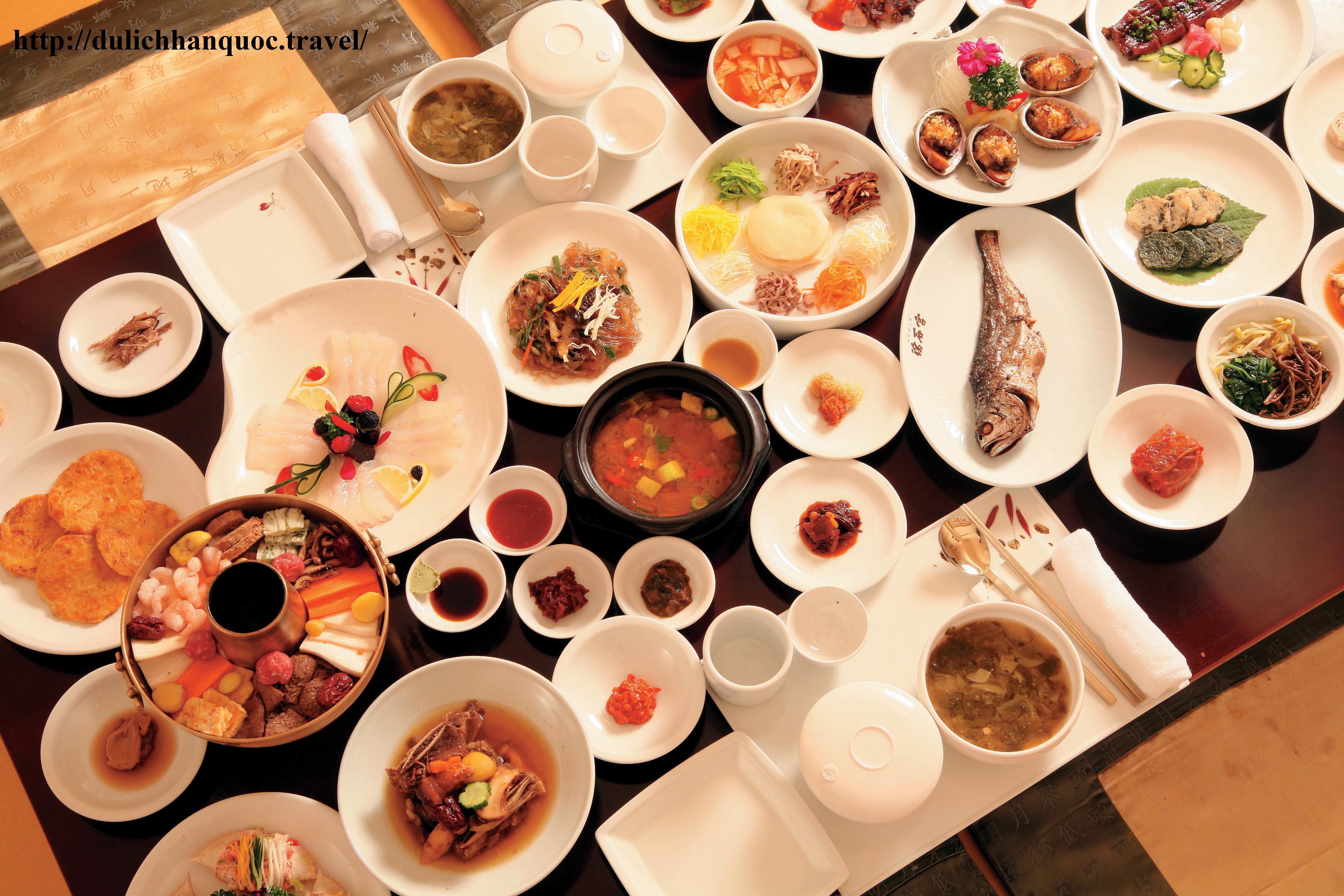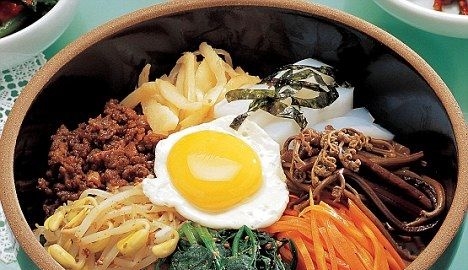Tteokguk
Tteokguk is a traditional Korean New Year soup. Because of its shape and the white color of the rice cakes, this delicious soup symbolizes prosperity and the completeness of all things in this world.
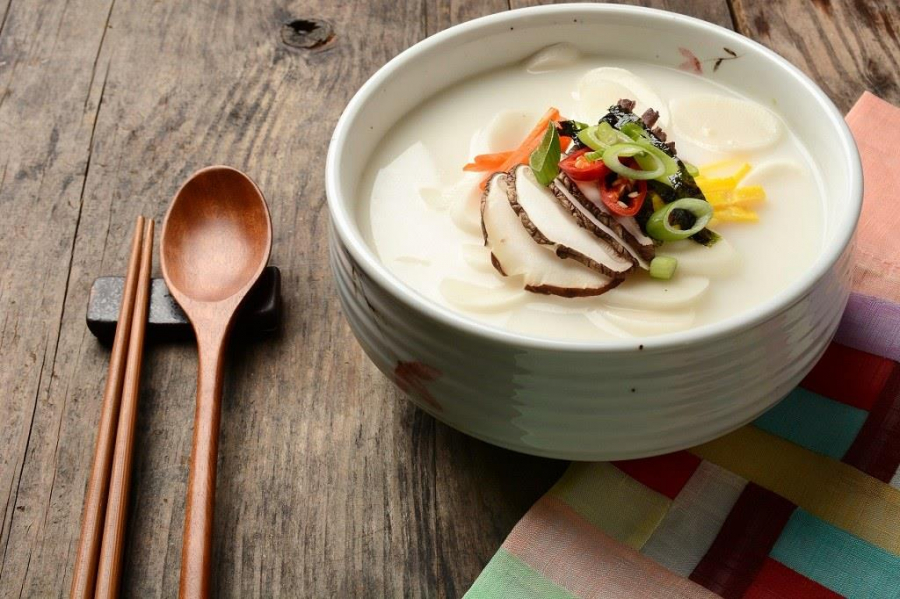
Manduguk
In some regions of Korea, Manduguk is a substitute for Tteokguk. In addition, many families in the land of kimchi create another version for the New Year, called Tteok Manduguk. This is a combination of Manduguk and Tteokguk, with the main ingredients being rice cakes and dumplings.

Kimchi Mandu
Mandu, also known as dumpling, is a Korean-style steamed bun. If you are a fan of Korean cuisine, you will surely be familiar with the basket of steamed steamed buns that appear in many reality TV shows. During the Lunar New Year, Korean families will make their own small, cute dumplings to enjoy, or as ingredients for Manduguk.
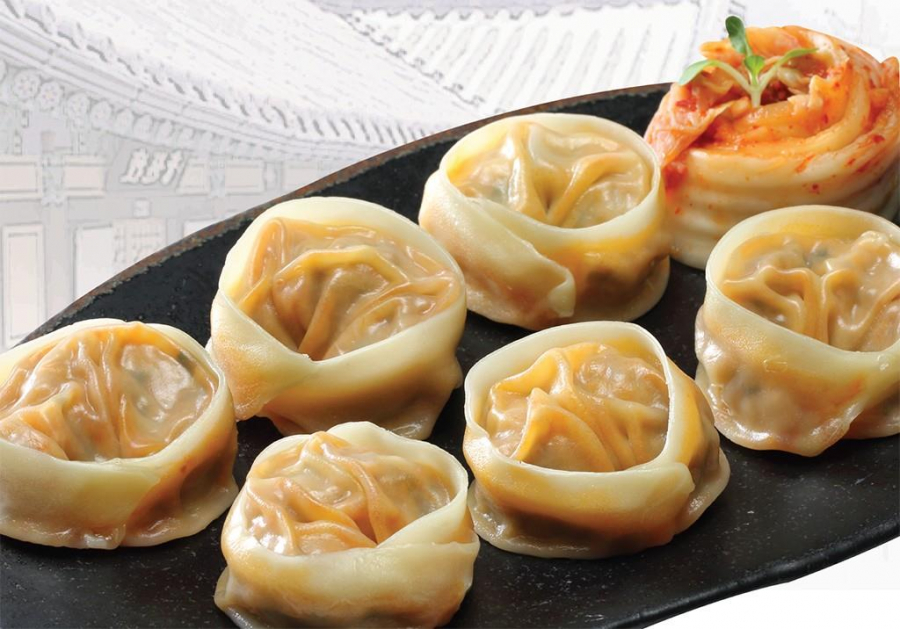
Heart Matsal Jeon
Jeon is made from many different ingredients, such as thinly sliced meats, vegetables, seafood... mixed with flour or egg, then fried. This is a very important appetizer, appearing on the ancestral altar on New Year's Day. It can be said that this beautiful heart-shaped egg dish is very popular and loved by Korean people.
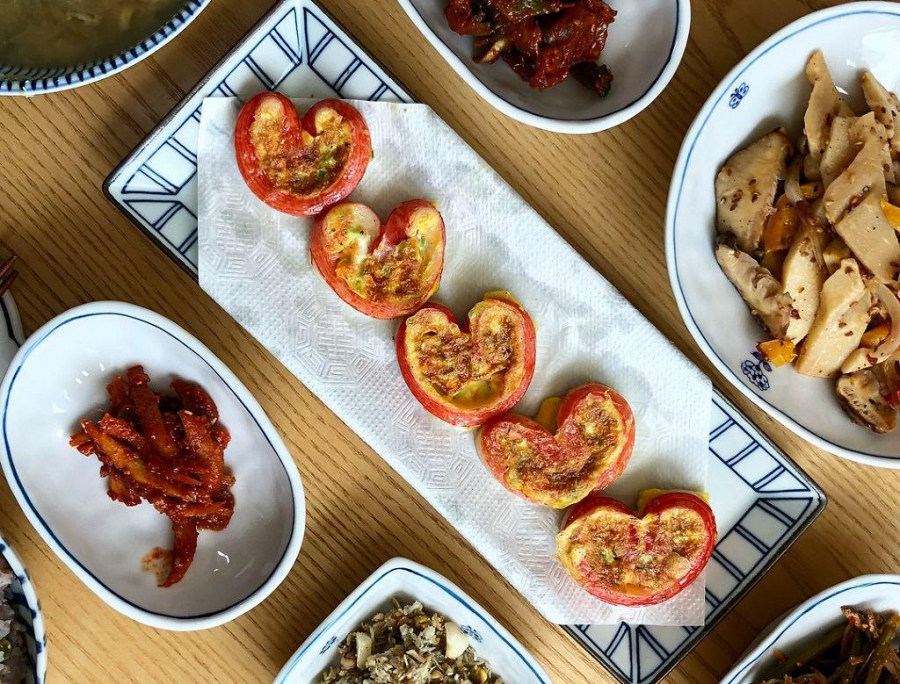
Pyogo Beoseot Jeon
Pyogo Beoseot Jeon is made with minced beef and tofu. It can also be stuffed with seafood or other ingredients according to your taste. Shiitake Mushroom Stuffing is a popular jeon recipe during the first days of the new year in Korea. This dish is especially high in protein, has a delicious taste and is very good for your health.
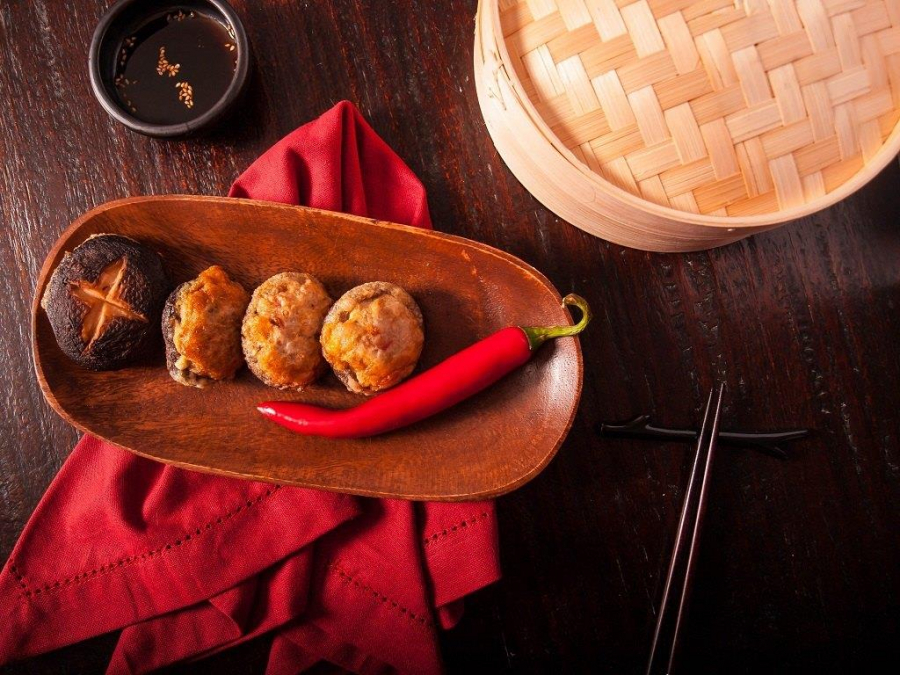
Bulgogi
Bulgogi is a dish originating from the Goguryeo period, which is a type of salty and sweet marinated beef and is often present on Korean dinner tables on special occasions. Bulgogi is made from the best and softest part of beef, added with a rich sauce with soy sauce, sugar, and pear juice. All blend together to create an attractive and appealing dish.
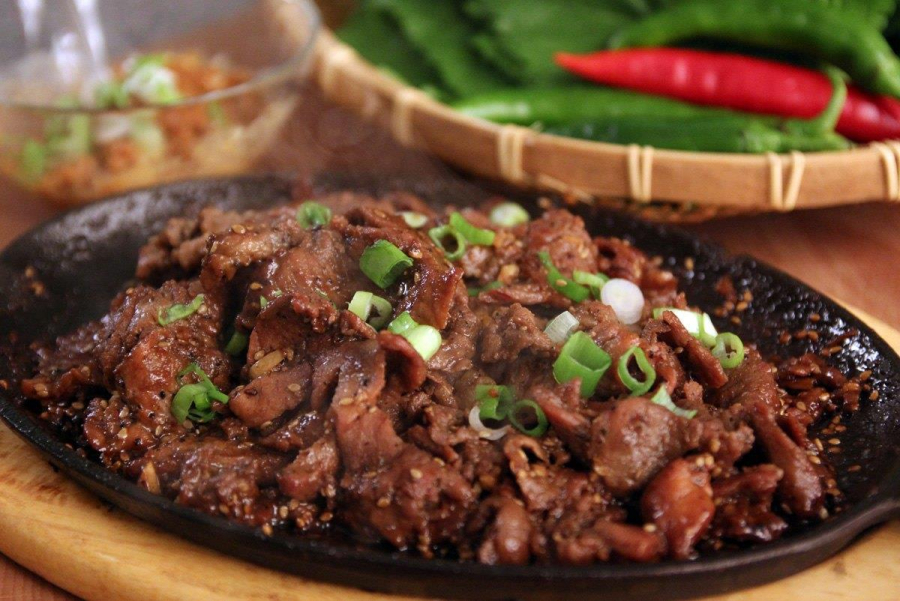
Galbijjim
Galbijjim is a braised short rib dish that is often served during important holidays, especially during the traditional Korean Lunar New Year. The tender beef is covered with a layer of sweet and salty sauce, making the flavor even more fresh and rich, captivating any picky diner.
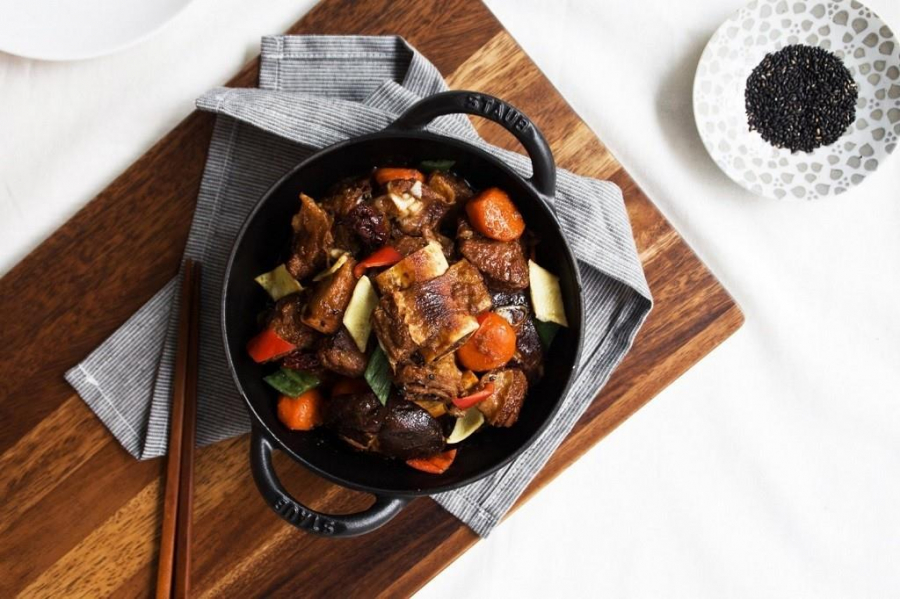
Japchae
The main ingredients to make Japchae are Bouncy glass noodles (looks like vermicelli), sweet potatoes and many different kinds of vegetables. This appetizer is a unique combination of salty and sweet flavors. When enjoying, diners will feel the delicate harmony between the crunchiness of the vegetables and the softness of the noodles.
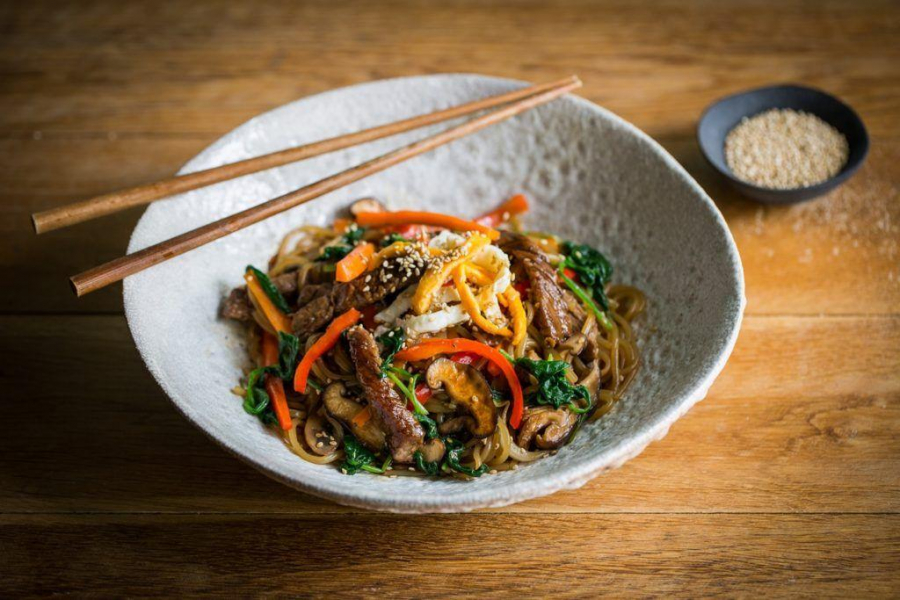
Yaksik
Koreans also often prepare nutritious Yaksik dessert to treat guests on New Year's Day. One of the main ingredients to create the right amount of sweetness in this dish is honey. In addition, other ingredients to make delicious Yaksik are sweet rice, dried fruits, nuts such as chestnuts, pine nuts, sunflower seeds... along with sauce, honey, soy sauce, sesame oil and cinnamon powder.
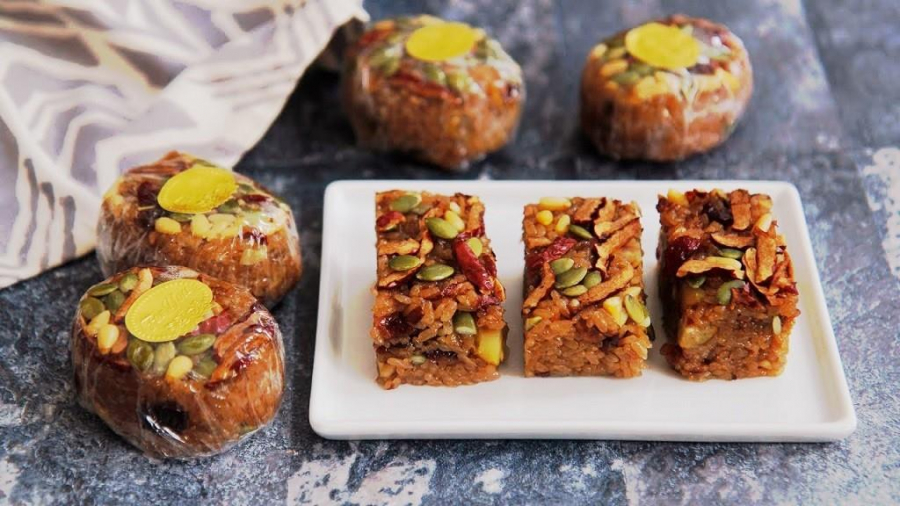
Sujeonggwa
Sujeonggwa is a popular Korean dessert drink made from ginger, cinnamon, and a little sugar. With its sweet, bitter, and aromatic flavor, a cup of Sujeonggwa tea will help you feel warm during the cold days of the first days of the year in Korea. In addition, this drink is also famous for being very good for the digestive system.
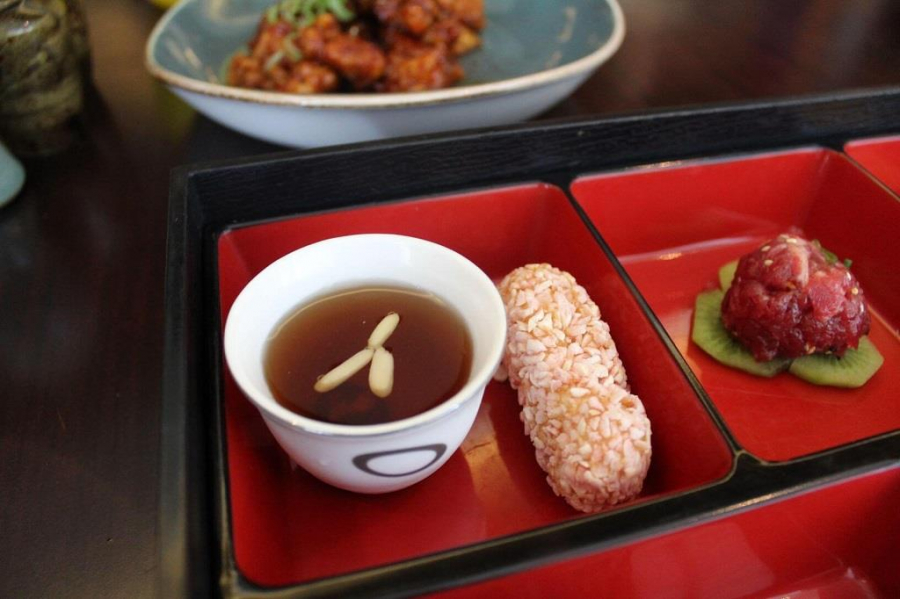
Sikhye
Besides Sujeonggwa, Sikhye is also another popular traditional drink of Korean people, which means a good start for the first days of the year. Sikhye is made from malt powder, sugar and cooked rice. In addition to bringing a sweet and delicious taste, Sikhye is also very good for the digestive system.






